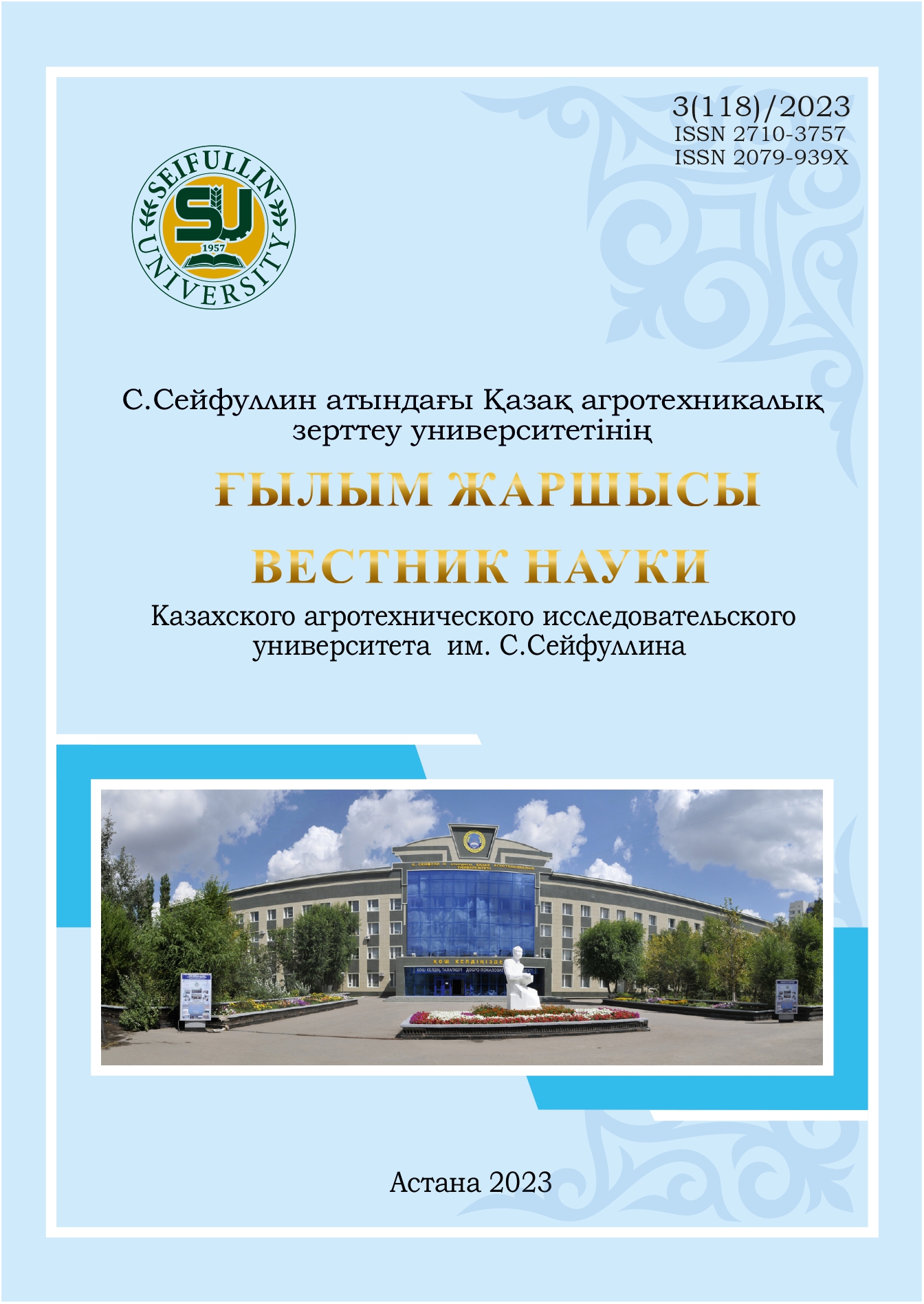INFLUENCE OF DAMAGE TO APPLE TREE BY THE APPLE TREE MOTH (CYDIA POMONELLA L.) ON THE QUALITY OF FRUITS AND THEIR PRESERVATION
DOI:
https://doi.org/10.51452/kazatu.2023.3(118).1515Keywords:
Codling moth; storage; keeping quality; quality; harvestAbstract
The storage of fruits, especially apples, occupies an important place and is relevant in the production process of fruit growing. One of the dominant species of economic importance affecting morbidity during storage is the apple moth (Cydia pomonella (L.)). Affected apples are more likely to suffer from fruit rot and wither
faster than unaffected ones, and the shelf life of fruits is significantly reduced. This article presents data on the impact of damage to the apple moth on the quality of the crop and the preservation during storage of apple fruits. The study was conducted in 2022 at the “Suzdaleva” peasant farming in the village of Baltabai, Enbekshikazakh district, Almaty region, in apple tree plantings, on varieties of domestic breeding – Maksat and Voskhod. The study used generally accepted methods of entomology, methods of fruit diseases during storage. During storage, the largest percentage of fruits affected by rot were damaged by their apple moth. The damage to the fruits of the apple moth was reduced by 87.9-93.1% during protective measures, storage losses were reduced to 4-5.5%. The results obtained are very valuable in agriculture, fruit growing and storage.

